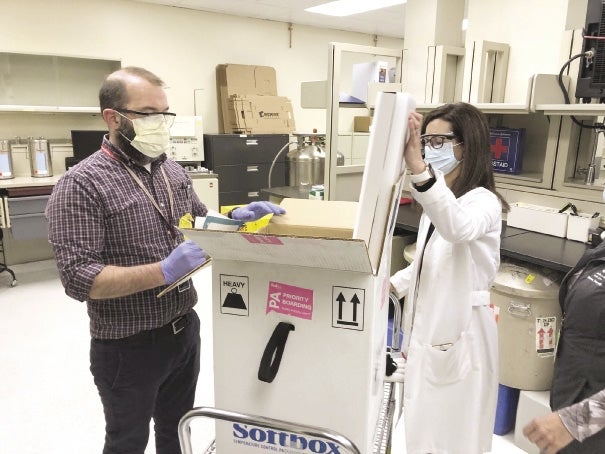Revised data reveals higher unemployment rates in 2021, as Mass. unemployment rises to 4.8%
 Photo/Courtesy of UMass Memorial Health
Healthcare workers at UMass Memorial
Photo/Courtesy of UMass Memorial Health
Healthcare workers at UMass Memorial
The U.S. Census Bureau’s annual year-end revisions to unemployment data showed Massachusetts’ unemployment rates in 2020 and 2021 were actually significantly higher than previously reported.
In December 2021, the Bureau of Labor Statistics reported a 3.9% unemployment rate in Massachusetts, which was the lowest it had been since the start of the coronavirus pandemic. However, after updating population controls, BLS has revised December’s unemployment rate to 4.6%.
December’s 4.6% unemployment rate was still the lowest it's been in Massachusetts during the pandemic, as the state’s rate rose 0.2 percentage points to 4.8% in January. Massachusetts and Connecticut were the only states whose unemployment rate rose from December to January, along with Washington, D.C. Massachusetts’ rate is 0.8 percent points above the national rate.
May, June, and July 2021 also had newly revised unemployment rates, all increasing from 0.7 to 1.1 percentage points. The revised numbers for 2020 in January through May and July through October were higher by 0.1 to 2.9 percentage points.
Compared to previous years, Massachusetts unemployment is 1.8 percentage points higher than it was in January 2020. It has fallen from 7.1% in January 2021.
Over the month into January, the state’s labor force increased by 15,700 with 9,400 more residents employed and 6,200 more unemployed. The labor force participation rate, which is the share of working age people employed and unemployed, rose by 0.3 percentage points to 65.8%.
The labor force in Massachusetts is still about 40,000 people smaller than it was in January 2020 before the pandemic.








1 Comments